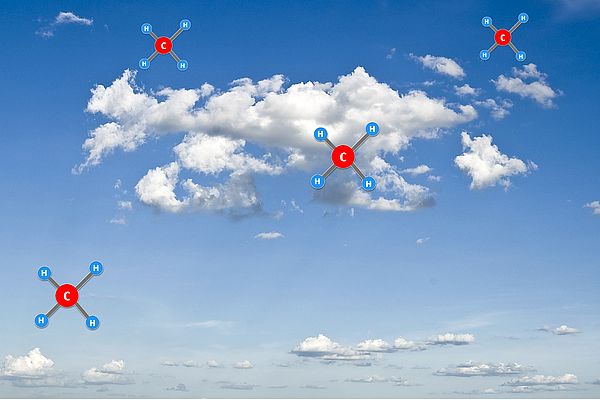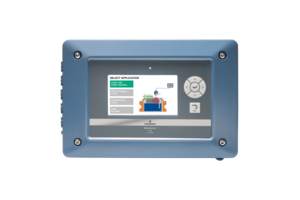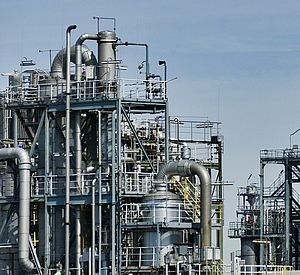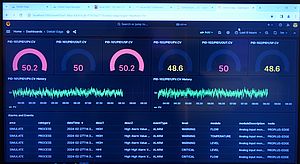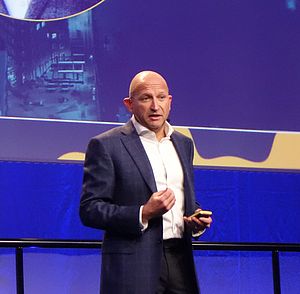Gas powered actuation is a technology used for a long time. From the technological side there is no need for a change. It still does the job well: moving fast and powerful when needed, no problems with the availability of the power. But there is an emission problem. And as the emission is methane, the negative effect to the climate is about 30 times that of carbon dioxide.
With its "Fit for 55" regulations the EU wants to achieve greenhouse gas emission reduction of at least 55% by 2030. To achieve this goal the Natural Gas Industry has to find ways to reduce methane emissions. Here the biggest role is played by compressor stations and transmission pipelines. They present a significant opportunity to reduce emissions.
Håkon Espvik, Emerson Product Manager Hydraulics in Ontario, Ohio explained in his session at the Emerson Exchange in Düsseldorf how the industry still can use the benefits of the gas-powered actuators, but without methane emissions.
The technology has a long track record and thanks to that many different customisations are available if needed. Compared with the other options of electric, pneumatic and electro-hydraulic actuation it offers the best combination of size, torque, speed and control and easy availability of the power source. But the problem with this thechnology is the emission of methane, as at the end of the actuation cycle the gas used goes out into the atmosphere and with a big valve of up to 48'' diameter in worst case this could mean emissions of up to 50 kh CO2E.
The Emerson ECAT (Emissions Controlled Actuation Technology) offers all the positive effects described and eliminates the emission problem by re-injecting the power source back into the pipeline.
For the new system to work an electric motor with control unit and thermal volume control is added to load an accumulator that stores the hydraulic power for the strokes and re-injects the gas used back to the pipeline. This makes the actuation independent from electricity.
For the installed base the ECAT is available as a retrofit option to bring down emissions. With bigger tanks (up to 110l) several actuators can be converted. But in cases you have remote location where the actuation is rarely used, you could even change to a manual setup replacing the electric motor for loading the accumulator.
In the US the ECAT is already installed in about 80 installations that the demonstrating a good way for the gas industry driving emissions down at that point without negative effects on speed or torque in the application.


